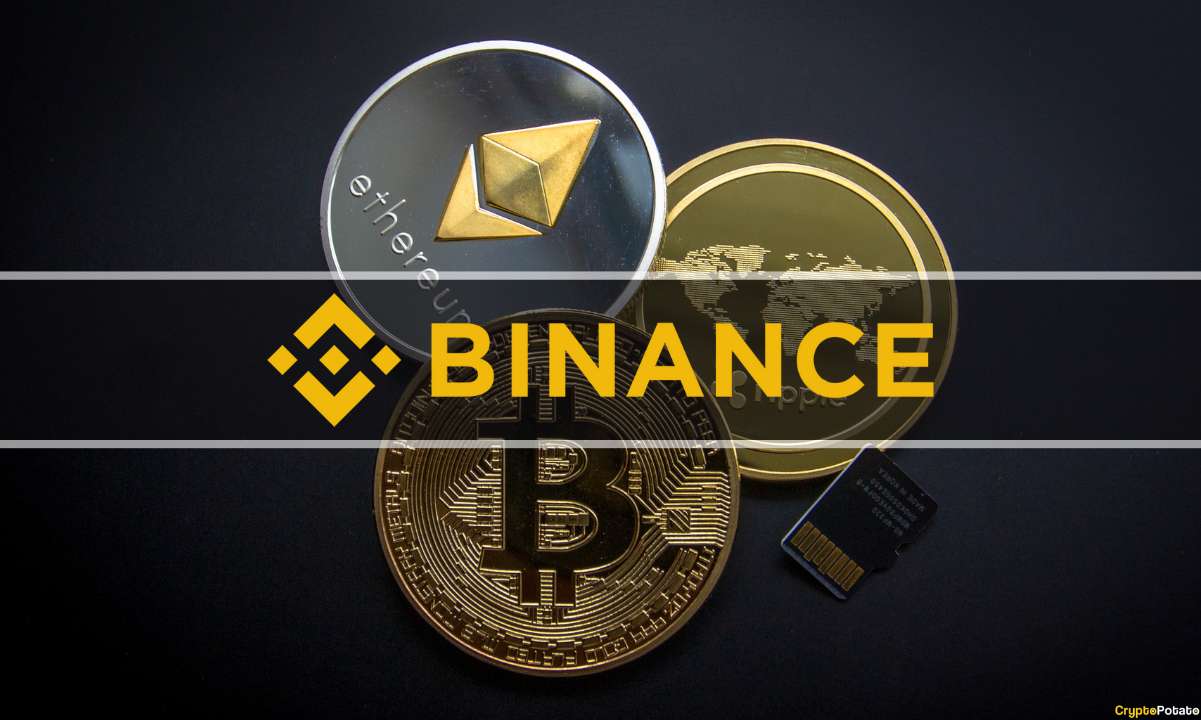Binance Commands 87% of Bitcoin Futures Taker Volume—CryptoQuant Data Reveals Market Supremacy

Binance isn't just playing the Bitcoin futures game—it's rewriting the rulebook. With a jaw-dropping 87% of taker volume, the exchange isn't just leading the pack—it's lapping it.
How the titan eats everyone's lunch
While rivals scramble for scraps, Binance's futures platform operates like a high-frequency trading firm on Red Bull. No fancy partnerships or regulatory hand-holding—just relentless market dominance that would make traditional finance brokers blush (if they understood crypto).
The 800-pound gorilla in every trading room
That 87% figure isn't a typo—it's a warning shot. The 'free market' increasingly looks like Binance's private playground, complete with retail traders as willing participants. Meanwhile, legacy exchanges are left counting their compliance costs and wondering what hit them.
One cynical truth: In crypto, centralization always wins—it just wears a decentralization mask when regulators come knocking.
Taker Volume Signals Market Supremacy
Takers are traders who accept existing offers or bids on a platform’s order book rather than placing their own. Since they want their request filled immediately, they tend to “take” a value that’s already listed so that they can react swiftly to a cryptocurrency’s price movements. This is done through the so-called market orders.
This metric is crucial: it indicates where positions fill fastest and where capital flows are most concentrated. Experts usually consider the taker volume important for gauging real-time market activity, and according to CryptoQuant, Binance is the overwhelming leader, capturing 87% of such deals.
That it holds the lion’s share of this activity indicates that Binance is the go-to platform for traders looking to act quickly on price trends, especially those using leverage-heavy BTC futures contracts. As noted by analyst J.A. Maartun, the exchange’s dominance means traders’ orders will be filled rapidly, while market watchers like him get to “monitor order books, liquidity levels, and capital flows more effectively.”
Binance’s grip on the space is not new, but it solidified following the 2022 collapse of FTX, which at one point was one of its main rivals. The gap it left behind saw the then Changpeng Zhao-led firm steadily grow its daily trading volume to cement its place as the largest crypto exchange in the world based on this metric.
Beyond Futures
However, its dominance isn’t just in the futures space. As recently reported by CryptoPotato, the BTC.com mining pool exclusively directs almost 98% of its identifiable bitcoin exchange flows to Binance, making it the primary gateway for new BTC entering the market.
The crypto exchange also dominates USDT liquidity on Tron, with on-chain data showing it routinely processes more than 65% of the stablecoin’s transfers on the network. This amounts to anywhere between $2 billion and $3 billion worth of TRC-20 Tether processed each day.
Nonetheless, this extreme centralization is a double-edged sword. While it offers unmatched liquidity and efficiency, it also concentrates systemic risk. Any significant operational, regulatory, or technical issue impacting Binance could send shockwaves across the entire crypto ecosystem, disrupting derivatives pricing, spot liquidity, and even stablecoin flows.

